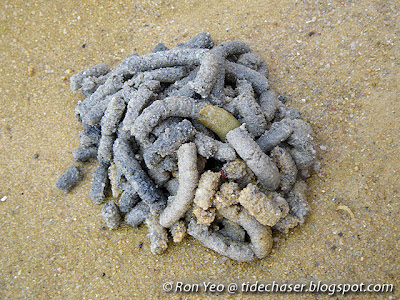

Marine biologists know very little about deep-sea acorn worms. Like many deep-sea acorn worms, this animal crawls over the surface of of the mud, ingesting sediment, and leaving behind a sinuous “fecal trail.” This particular animal was videotaped in about 4,000 meters of water at “Station M,” 220 kilometers (140 miles) off the Central California coast. This 15-centimeter (6-inch) long acorn worm ( Tergivelum baldwinae) is one of only four species of acorn worms known to science before the publication of the recent paper. Most acorn worms use their mouths and proboscises to slurp up sediment and debris that has settled on the seafloor. Their bodies have three main parts-a long, worm-like trunk, a wide collar that surrounds a mouth, and a large proboscis that fills the mouth and extends, tongue-like, beyond it. Acorn worms have no bones, no eyes, and no brain. They belong to a small group of animals known as the hemichordates, which are closely related to the chordates (animals with backbones). The paper introduces at least 13 new species of these intriguing animals.Īcorn worms are known to biologists as “enteropneusts” (pronounced ‘entero-noosts’-the ‘p’ is silent). However, a recent paper by MBARI collaborator Karen Osborn, MBARI marine biologist Linda Kuhnz, and several coauthors, shows that acorn worms are found in deep-ocean environments around the world. Only four species were known to live in deep water. But they are more closely related to humans than they are to other worms.Īcorn worms have historically been thought of as shallow-water animals that live in burrows in seafloor mud. These creatures are known as acorn worms. What’s slimy, comes in a variety of colors, and leaves sinuous trails of sediment on the deep seafloor? If you guessed “a worm,” you’d be close. It uses its large, fleshy “lips” to feed on a thin layer of sediment that collects on deep-sea lava flows. This large, purple acorn worm can grow to over 30 centimeters (1 foot) long, and was videotaped about 3,000 meters below the surface near the Hawaiian islands.


 0 kommentar(er)
0 kommentar(er)
